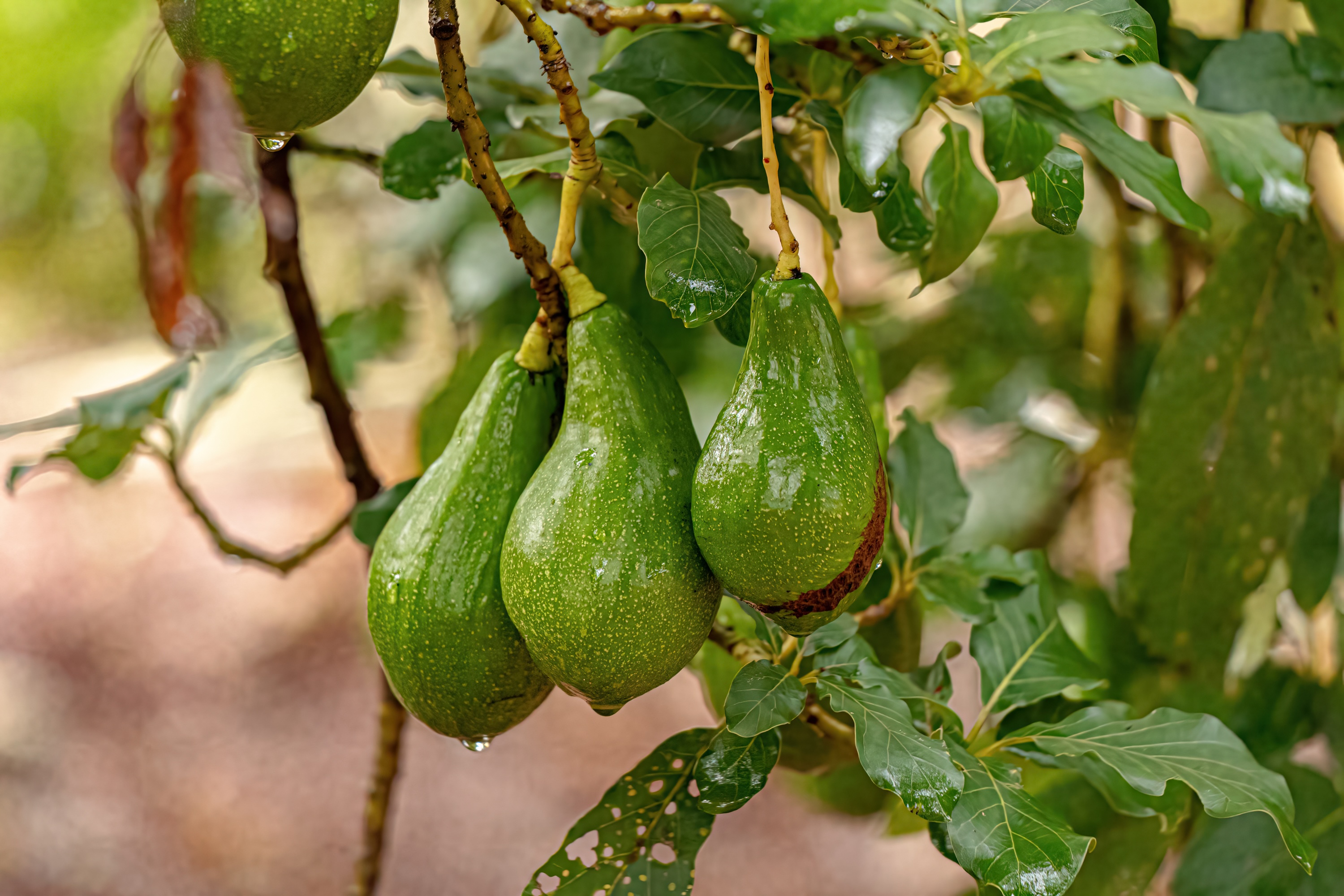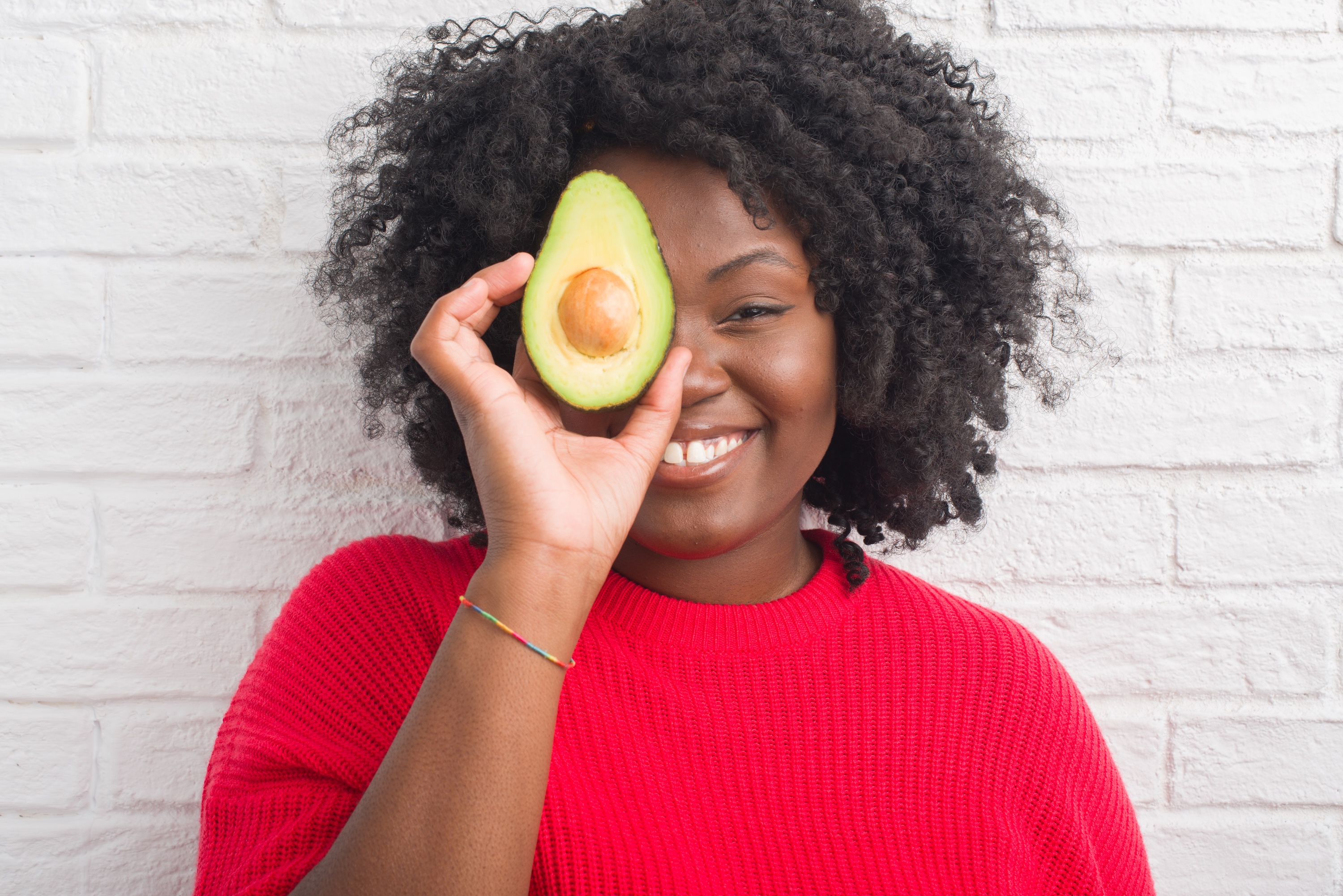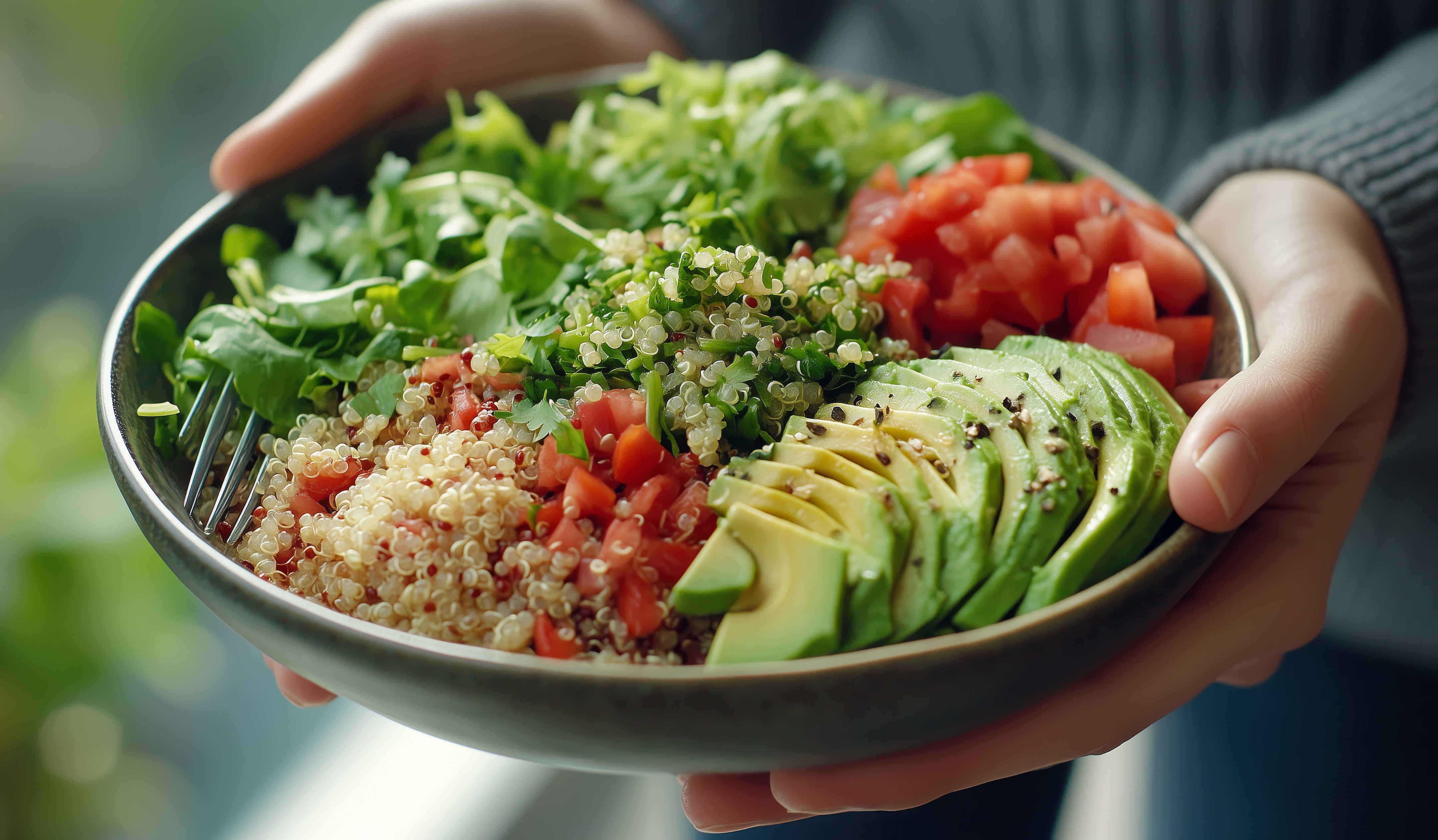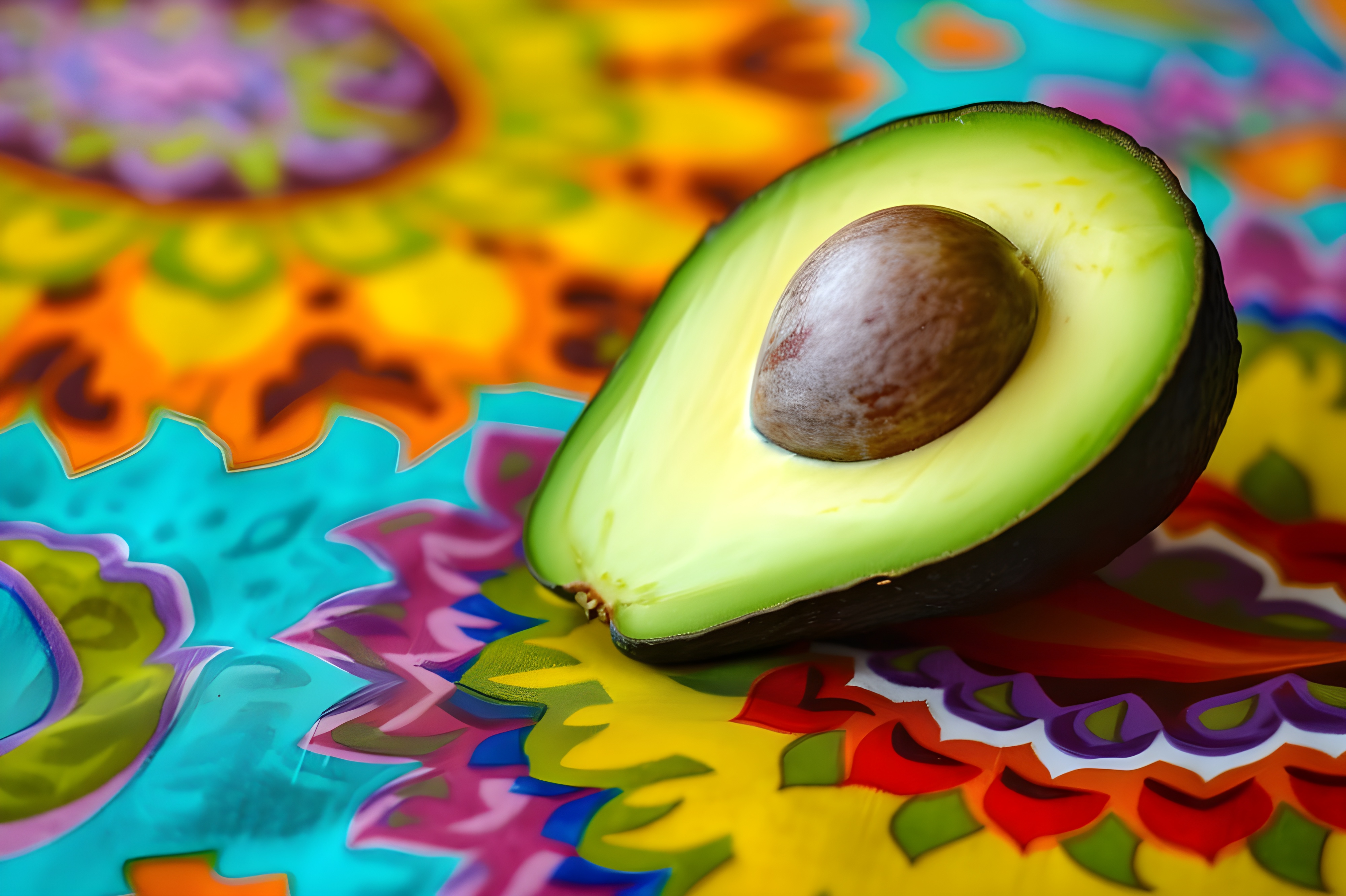The Amazing Avocado: From Ancient Superfruit to Modern Kitchen Staple
If you’ve ever sliced open a perfectly ripe avocado, sprinkled it with a pinch of salt, and savored its creamy, nutty richness, you know why this humble fruit has become a culinary icon. But there’s so much more to the avocado than meets the eye—or the tastebuds.
A Journey Through Time: The Rich History of Avocados
The story of avocados dates back thousands of years to the highlands of central Mexico and Guatemala. Archaeological evidence suggests that avocados were cultivated as early as 8,000 BCE, making them one of humanity’s oldest known crops. The ancient Aztecs called this fruit “ahuacatl,” which translates to “testicle tree” —a rather cheeky reference to the fruit’s shape and the belief that it possessed aphrodisiac properties.

Avocado Fruit Tree of the species Persea americana
Spanish conquistadors encountered avocados in the 16th century and were initially skeptical of this unusual fruit. However, they soon recognized its nutritional value and began cultivating it throughout their colonies. The fruit’s journey to other parts of the world was gradual, with avocados reaching the Caribbean, South America, and eventually making their way to California in the 1850s.
The California Avocado Commission traces the introduction of the fruit to the United States, where it initially struggled to gain popularity. It wasn’t until the 1970s that avocados experienced a meteoric rise in American cuisine, coinciding with an increased interest in healthy eating and Mexican food culture.
Selecting the Perfect Avocado: A Buyer’s Guide
With dozens of avocado varieties available, the Hass avocado reigns supreme due to its creamy texture, rich flavor, and distinctive pebbly skin. Other favorites include the smooth-skinned Fuerte and the lighter, rounder Bacon avocado. However, selecting the right avocado, regardless of the variety, requires a bit of knowledge and a gentle touch.
Here are some tips for choosing the best avocado
For Immediate Use: Look for avocados that yield slightly to gentle pressure when held in your palm. The skin should be dark green to nearly black (for Hass avocados), and the fruit should feel heavy for its size. Avoid avocados with dark, sunken spots or those that feel mushy.
For Future Use: Select firm avocados with bright green skin. These will ripen naturally at room temperature over 3-5 days. To speed up ripening, place them in a paper bag with a banana or apple – the ethylene gas will accelerate the process.
The Stem Test: Gently remove the small stem at the top of the avocado. If it comes off easily and reveals green underneath, the avocado is ripe. If the fruit is brown underneath, it’s overripe.
According to the Hass Avocado Board, the best avocados feel firm yet yield to gentle pressure, indicating perfect ripeness for most culinary applications.

Fascinating Avocado Facts and Tips
The world of avocados is full of surprising discoveries. Did you know that avocados are technically berries? Botanically speaking, they’re single-seeded berries, making them relatives of cinnamon and bay leaves rather than other common fruits.
The Guinness World Records recognizes the heaviest avocado at an astounding 5 pounds 3.6 ounces, grown in Hawaii. Most avocados weigh between 6 and 10 ounces, making this specimen truly exceptional.
Here are some practical tips for maximizing your avocado experience:
Storage Secrets: Once cut, avocados brown quickly due to oxidation. Prevent this by brushing exposed flesh with citrus juice or storing cut avocados with onion slices. The sulfur compounds in onions help prevent browning.
Ripening Hacks: Place unripe avocados in a warm spot, like on top of your refrigerator. For ultra-fast ripening, wrap them in aluminum foil and bake at 200°F for 10-15 minutes, though this method slightly alters the texture.
Seed Propagation: Don’t throw away that pit! Avocado seeds can be grown into houseplants. Simply insert three toothpicks into the seed, suspend it over a glass of water, and wait for roots to develop.

Nutritional Powerhouse Benefits
Harvard Health Publishing emphasizes that avocados are nutritional powerhouses, containing nearly 20 vitamins and minerals. They’re particularly rich in heart-healthy monounsaturated fats, fiber, potassium, and vitamins K, C, and E.
The healthy fats in avocados help your body absorb fat-soluble vitamins from other foods. This means adding avocado to your salad doesn’t just taste great – it actually helps you absorb more nutrients from the vegetables.
Global Impact and Sustainability
Global avocado production has increased significantly, with Mexico leading the way, followed by Peru, Colombia, and Indonesia. This growth reflects the fruit’s international popularity but also raises important questions about sustainable farming practices.
As conscious consumers, we can support sustainable avocado farming by choosing certified organic options when possible and being mindful of seasonal availability to reduce transportation impacts.
Conclusion: Embracing the Avocado Lifestyle
The avocado’s journey from ancient Aztec staple to modern superfood sensation is genuinely remarkable. Whether you’re a longtime avocado enthusiast or just beginning to explore this versatile fruit, there’s always something new to discover. From their rich history to their incredible nutritional profile, from simple preparation techniques to creative culinary applications, avocados offer endless possibilities for enhancing both our health and our meals.
The next time you hold an avocado, remember that you’re holding thousands of years of agricultural history, a nutritional powerhouse, and the key to countless delicious meals. Embrace the avocado lifestyle – your taste buds and your body will thank you.




